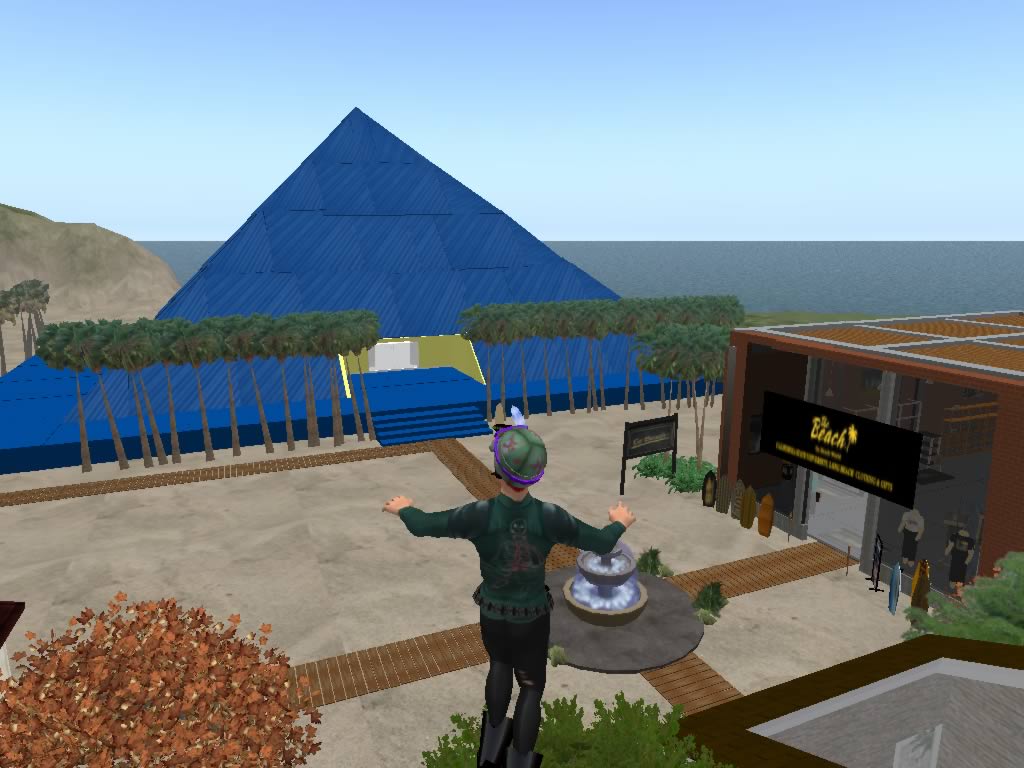Glenn Zucman, an Art 110 professor at Cal State Long Beach, is currently taking his students on a trip to the Beach World.
“I hope to reinvent and reinvigorate general education art appreciation through a series of paralleled physical world and virtual art experiences,” Zucman said in a press release.
Beach World is a CSULB community within the software program “Second Life,” a virtual world created in 2003 by Linden Lab and based online.
“Students in class enjoyed it; I have sat in during one of [Zucman’s] classes and there has been a very positive reaction,” said Amey Tawde, Beach World project manager.
Using a free computer program, students can now create avatars of themselves that can shop, help them learn, communicate with other students on campus and even fly.
“The avatar does not have to be human — you can be anything from a robot to a pulsating light,” said Gayle Burns, an instruction technology coordinator for Beach World at CSULB.
In the past, marketing professors at CSULB have used “Second Life” for their classes because it is a full-working economy. It uses its own currency called Linden dollars — you get 250 Linden dollars to every U.S. dollar, which can be used to make purchases in the virtual world.
“There is a pretty strong educational community on ‘Second Life,’ ” Burns said.
Tawde said it is a protected environment compared to other virtual worlds.
Beach World began as a project in the business-marketing program at CSULB. Professors David Horne and Ingrid Martin thought of expanding it with hope that educators would use it in their teaching curriculum.
Beach World is a distance-learning tool, Horne said in a press release. It allows faculty to create hybrid courses that are more experiential, which may increase student involvement in the learning process.
Horne said that with the growing number of virtual worlds for younger generations, having a program such as “Second Life” on campus is important because the younger generation will be expecting colleges to have some kind of virtual world by the time they reach university level.
“It is a good way for future students to look at the campus online and see what kind of voice the school has,” Horne said.
At the moment, anyone can join the Beach World community. The only problem foreseen is that if a lot of people join, there would be a need for CSULB to purchase another “island” on the software program.
“Unfortunately with the budget cuts, we are just at maintenance mode; there are no funds to keep it updated,” Horne said.
Tawde said that at the moment, the project is at a standstill and the limit of what can be put on the Beach World island has been reached.
There was a team of six people at one time, which included two developers, three designers and himself as the project manager, Tawde said. Since then, the College of Business Administration has stopped funding the project — everyone who is still working on the virtual world is doing it for the experience.
“The main problem is we do not have too much exposure. Even undergraduates at CBA do not know about ‘Second Life’ — that is what is killing us,” Tawde said.
Editor’s Note: If you have Second Life installed, you can teleport directly to The Beach World by clicking here.




